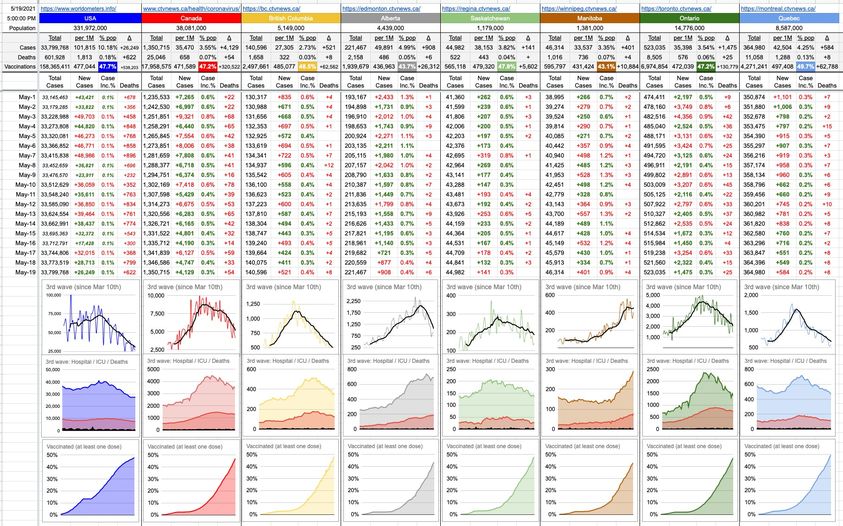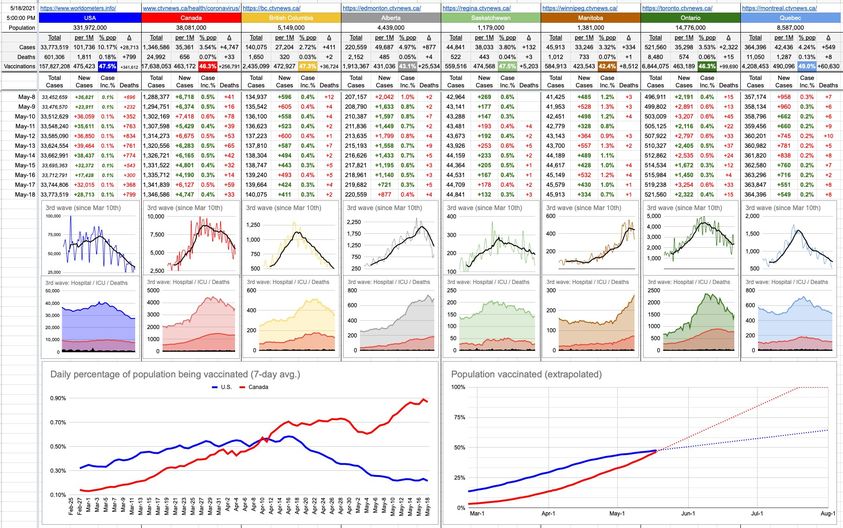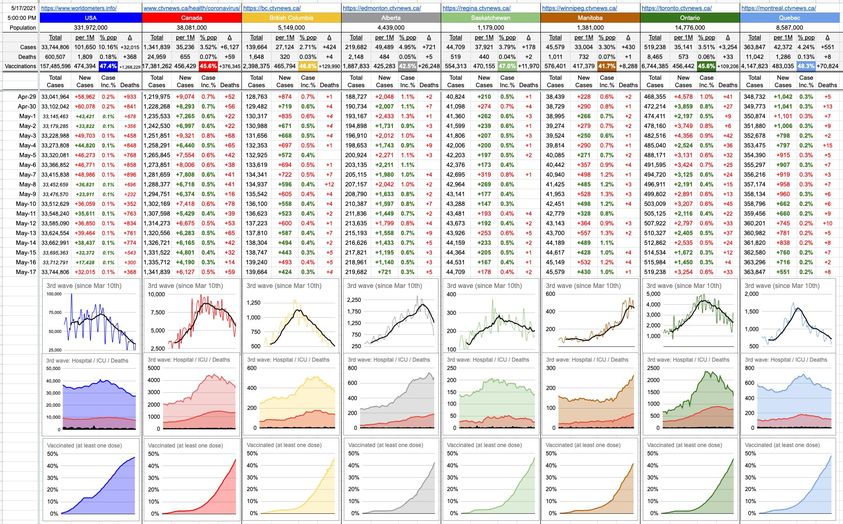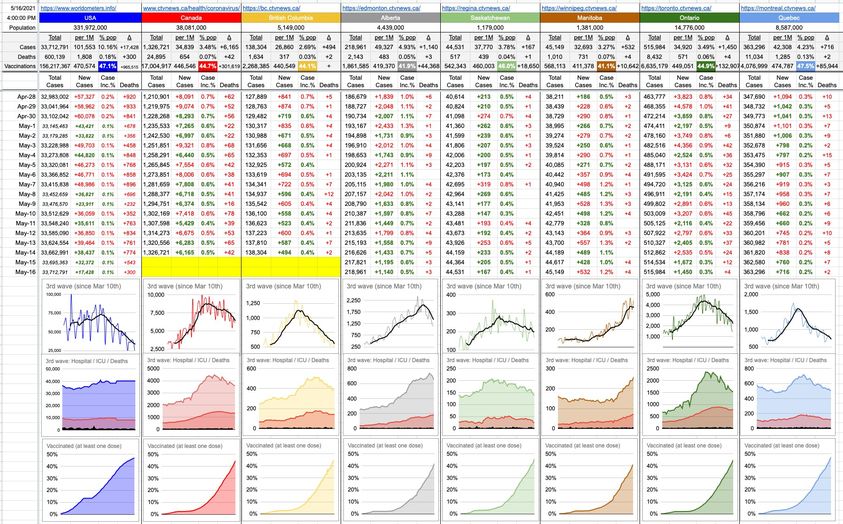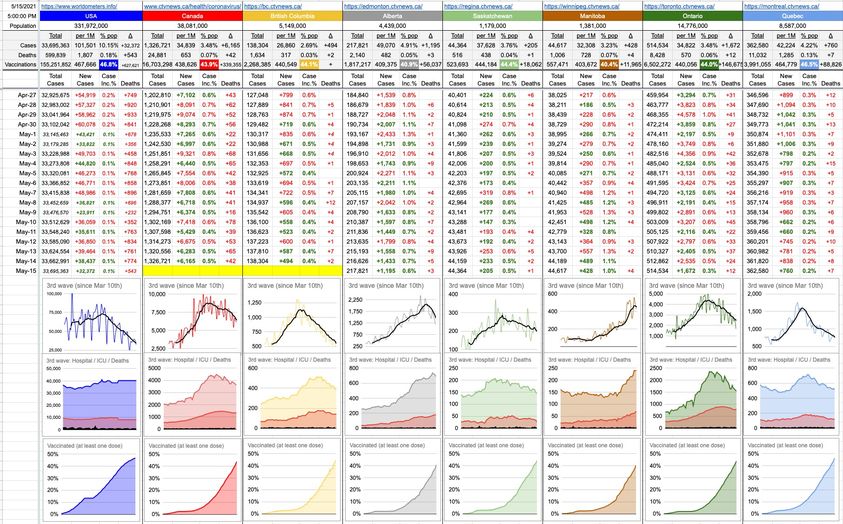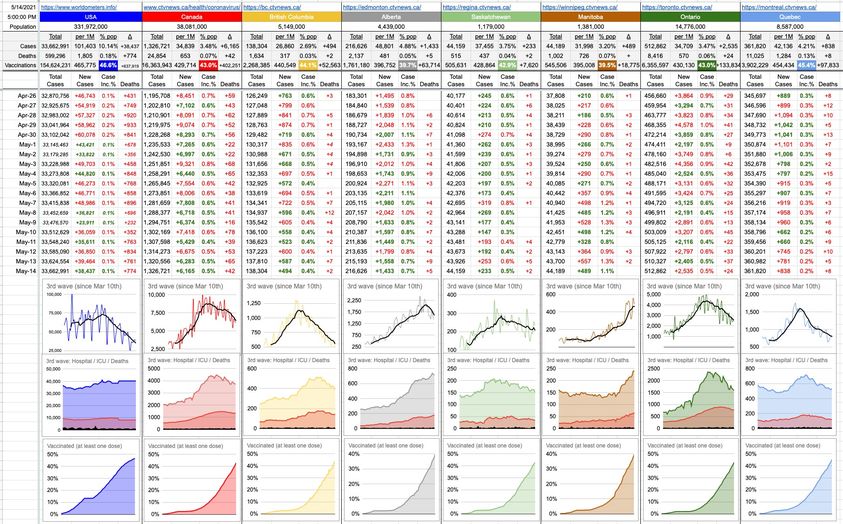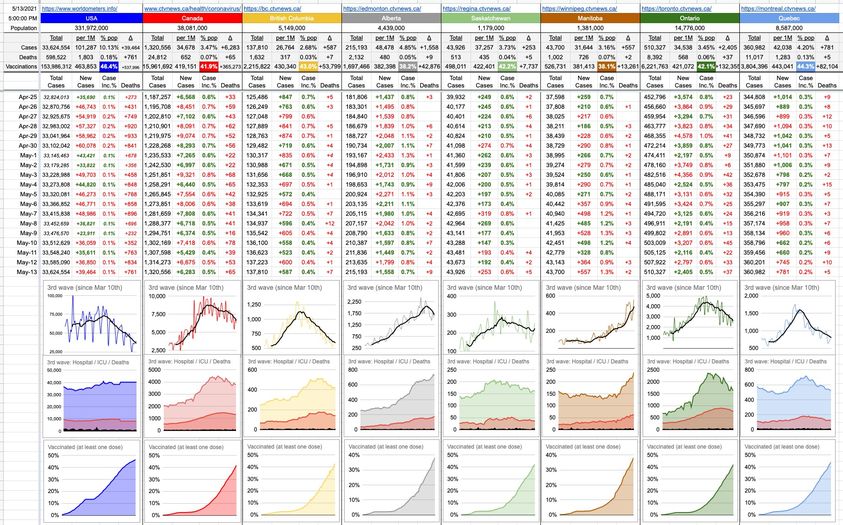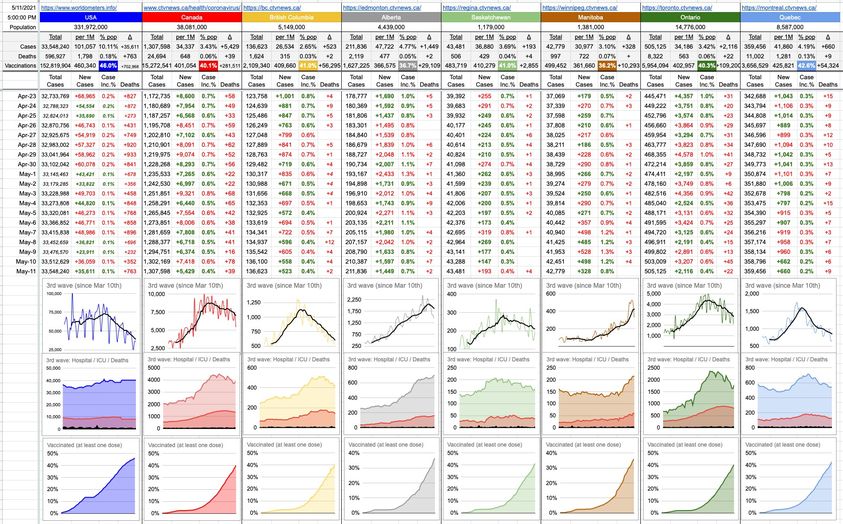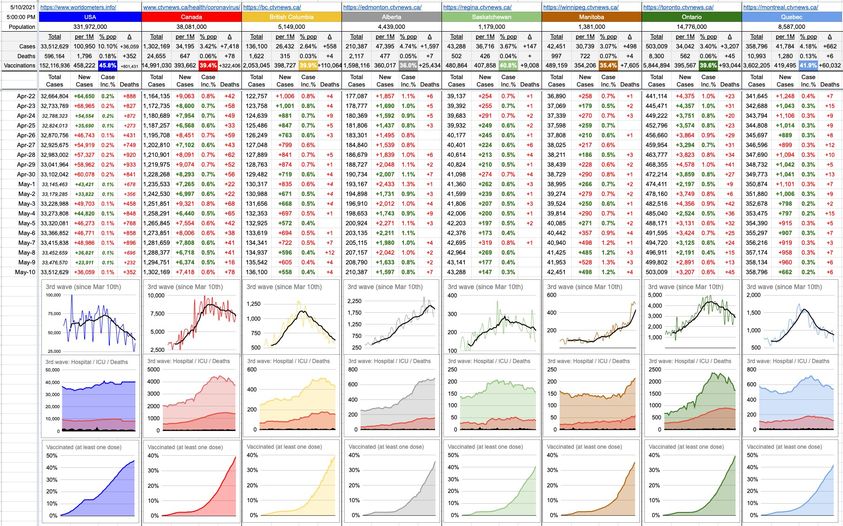May 19, 2021
I am one of those Gen-Xers who jumped at the opportunity to get vaccinated ASAP, and got jabbed with the AstraZeneca 29 days ago. A lot of my peers have been asking me… do you regret it? And what are you going to do for your second dose?
To take a step back… at the time, a month ago, when the opportunity presented itself… knowing what I know today, would I have done it? I rhetorically ask this on behalf of the many people I’ve heard from, some with “vaccine regret”… who sadly say they’d have waited a few weeks if they’d known a Pfizer/Moderna possibility was on the near horizon… not sometime in August.
Given the misunderstanding with respect to what efficacy actually means, people have attached a 95 to Pfizer/Moderna and a 70 to AZ. They’ve also attached “blood clots / no blood clots” labels.
The PR mismanagement of AZ has been nothing short of spectacular, and I’ve written about it before. Without rehashing the awful messaging, I will summarize my thinking of it like this:
If AZ causes blood clots in exceedingly rare cases (and it might – but it might with the same frequency the other vaccines do too) – anyway, *if* they do (and notwithstanding catching Covid-19 elevates your risk of blood clots by 1000x), what are the chances?
Take 10 dice… throw them hard onto the floor and watch them bounce around. Now go look at them. Are they all the same? Bad luck if they are; you’re dead of blood clot. Otherwise, no worries. If you were to do nothing but throw dice for 10 hours a day, taking 10 seconds to pick them up and throw them again… after 20 years, you’d be at a 50/50 chance of having rolled that bad luck. At those odds, I’ll take a chance. For me, the blood clot thing didn’t enter the picture. What did… was the simple knowledge that armed with nothing but AZ vaccine, the U.K. has pretty-much beaten this thing; good enough for me.
Would I have waited a month for Pfizer/Moderna? No. Two weeks? No. A week? A day? Yeah… sure. Perhaps somewhere in there is a tipping point… but it wasn’t an option… and knowing what I know today, I’m happy that turned out to be the case; I’m exactly where I’d want to be.
Here in B.C., we’re being offered an option… get the second AZ jab, as per the successful U.K. model… or get a Pfizer for round two. For those who want that second AZ jab, it’ll be available a lot sooner than later, especially as the doses we have all dry up by the end of June, and there won’t be any more coming. If you want to be certain you’re fully vaccinated sooner than later, there’s your ticket, and there’s absolutely nothing wrong with it.
Further to that, however… has been my personal intention to wait for the results of a U.K. study that’s following the AZ/Pfizer people… results coming soon, and before I’m due for any second jab. Similar studies are also ongoing in France and Germany.
But, in the meantime, a Spanish study following 600 people who did the AZ/Pfizer combo has come out, and here’s what it says:
The people who got AZ/Pfizer combo, compared to the double-dose AZ/AZ people, had IgG antibody levels 30 to 40 times higher. Also, the presence of neutralizing antibodies was 7 times higher. This is consistent with the anecdotal evidence so far; it’s what’s led to the studies, that this particular combination packs a particularly powerful punch. Also being investigated is what the ideal gap between jabs may be; and it’s looking like the answer is to be measured in months, not weeks. Also, in the study, less than 2% reported severe side-effects… and they were limited to headaches, muscle pain and general malaise. These are not symptoms one should consider serious. These are, in fact, the very reactions many of us got in the first place.
So, if you ask me what I’m going to do… I’m going to wait.
If there was no alternative, I wouldn’t hesitate in getting that second AZ jab… and I’d push it back to late June if possible. But a July or August Pfizer jab sounds even better… so that’ll be me.
Needless to say, I’m not a doctor… and any of the above shouldn’t be viewed as medical advice. And, given the results of the studies underway, this might change. But this is my opinion and my answer for today, to all of my fellow AstraZeneca’d Gen-Xers… wait a bit longer and Pfizer it up.


